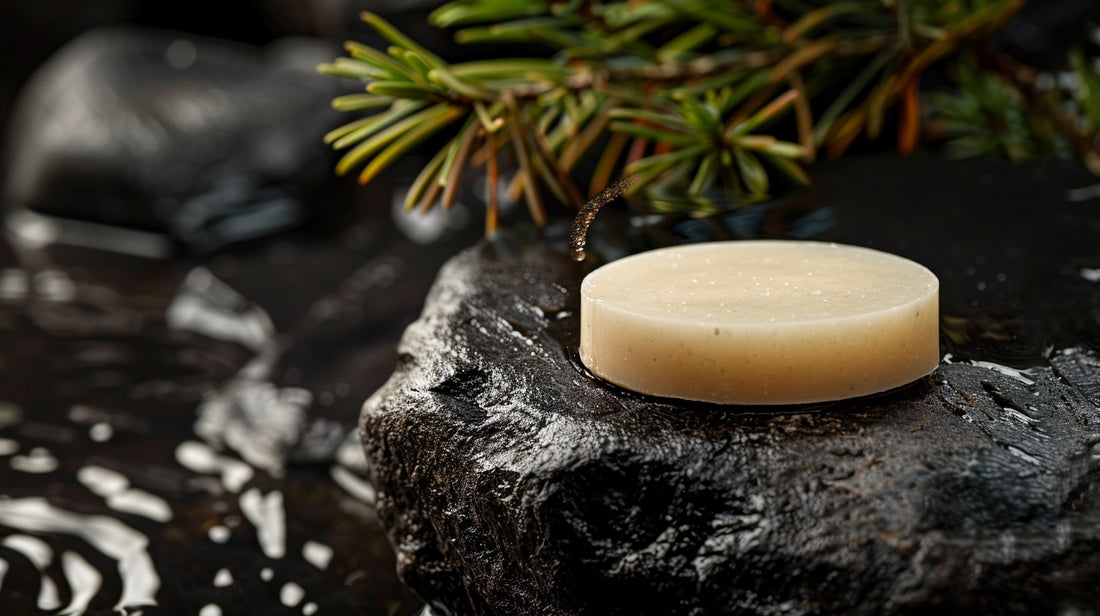Discovery of the properties of pine tar and sheep's milk
The discovery of the beneficial properties of pine tar and sheep's milk dates back to ancient times, when these natural substances were used by various cultures for their therapeutic and skin care benefits.
Origin of pine tar
Pine tar was first used in the northern regions of Europe, where local people exploited its antiseptic and anti-inflammatory properties. Traditional healers used pine tar to treat a variety of skin problems, from infections to irritations. Its effectiveness in treating skin conditions is linked to its richness in phenolic compounds, which are known for their antimicrobial and restorative effects.
Use of sheep's milk
Sheep's milk, on the other hand, was frequently used in Mediterranean regions and the Middle East. Rich in essential nutrients such as vitamins, minerals and fatty acids, sheep's milk has been valued for its ability to deeply hydrate and nourish the skin. The emollient properties of sheep's milk make it an excellent natural moisturizer, particularly appreciated for the treatment of dry and sensitive skin.
Knowledge synthesis
Over time, knowledge of the properties of these two substances has been enriched thanks to the exchange between different cultures and the advancement of medicinal and cosmetic techniques.
Today, the combination of pine tar and sheep's milk in skin care products, such as soaps, offers a natural and effective solution for maintaining skin health and beauty. These natural ingredients continue to be valued not only for their immediate benefits but also for their gentleness, making them suitable for regular, long-term use.
The benefits of pine tar and sheep's milk soap
Skin care
Pine tar is appreciated for its antiseptic properties which make it effective against skin conditions such as psoriasis and eczema. It also helps soothe irritation and reduce skin inflammation. Sheep's milk, enriched with vitamins and minerals, deeply nourishes the skin, making it softer and more supple.
Hydration and nutrition
The combination of pine tar and sheep's milk offers excellent hydration. Sheep's milk provides intense hydration without leaving a greasy film, while pine tar helps maintain this hydration, protecting the skin against external aggressions.
Antiseptic properties
Pine tar has antibacterial properties that protect the skin against infections. Using this soap regularly helps keep your skin clean and healthy, thereby reducing the risk of developing skin infections.

